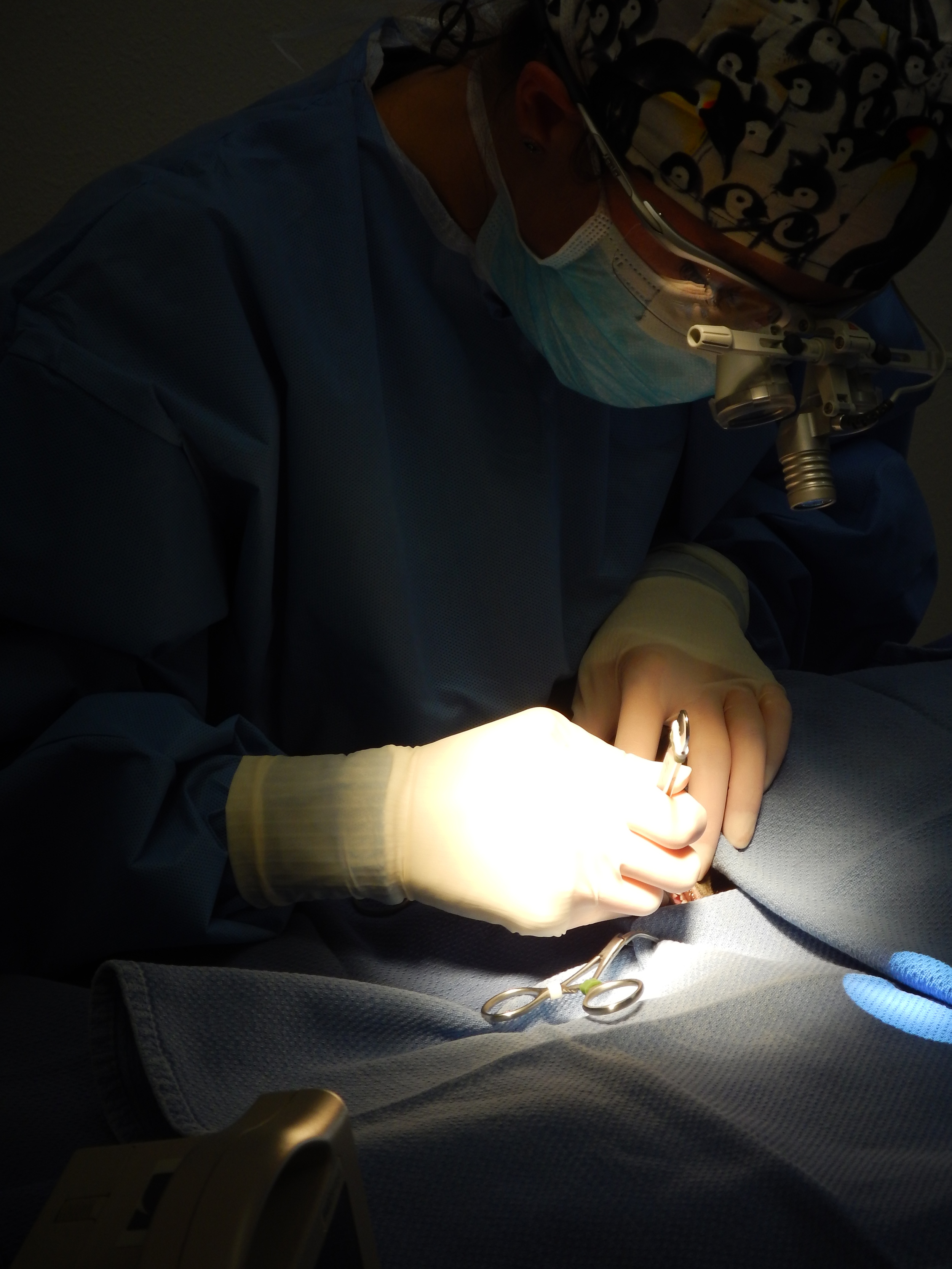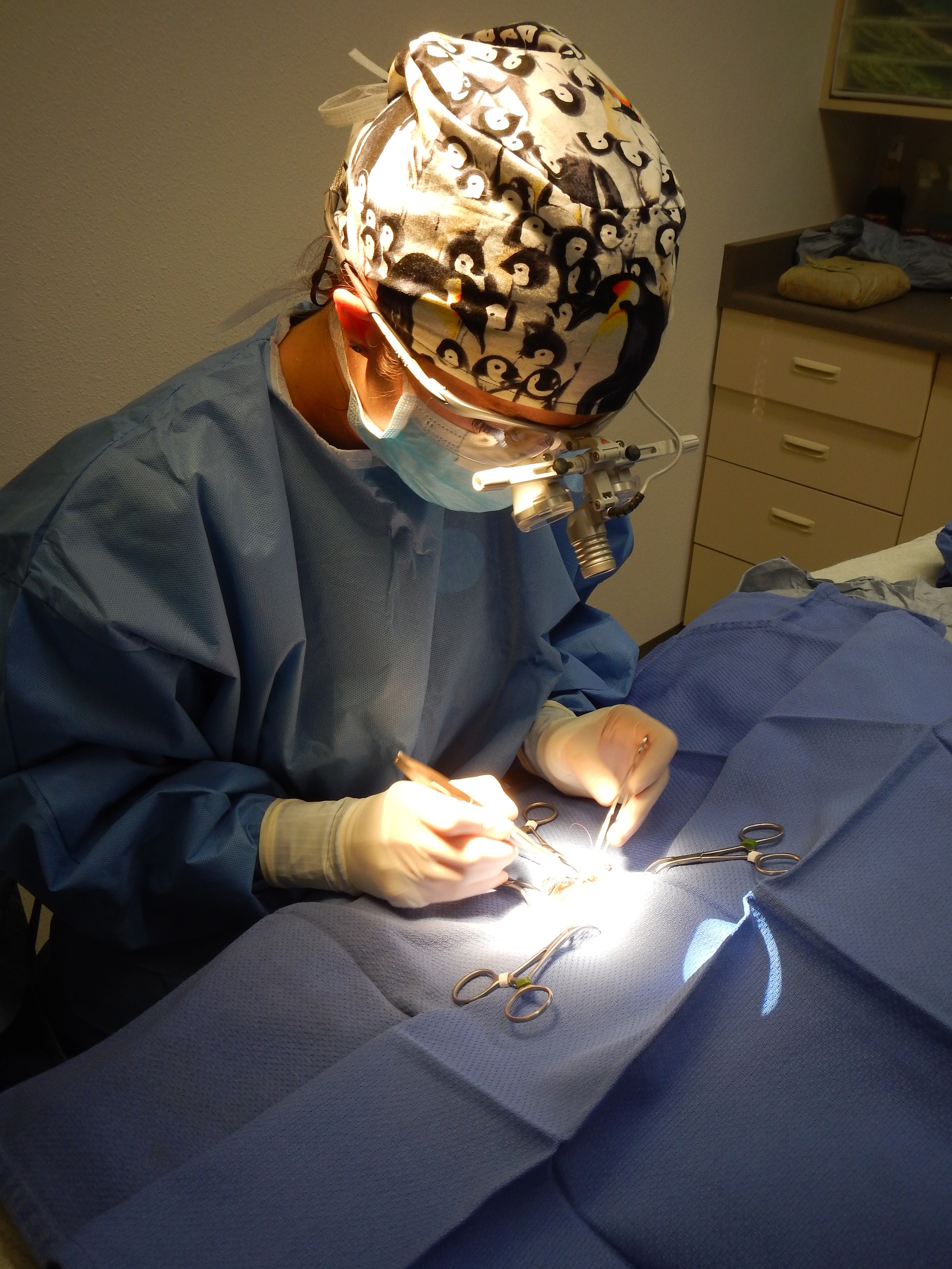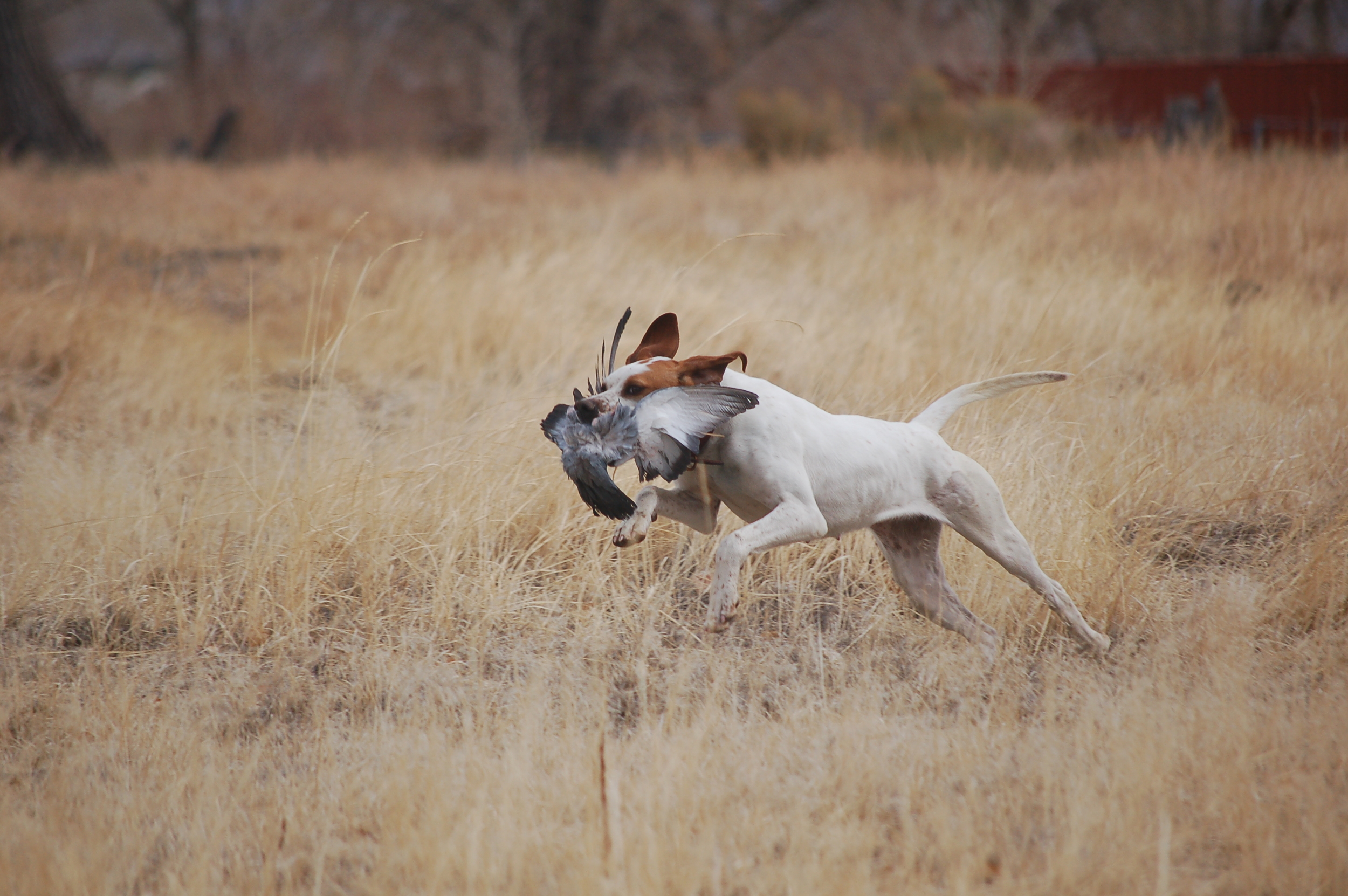“Phoenix” the Golden Eagle Eye Cataract and Lens Transplant Surgery
Wednesday, February 3, 2016
Southern Oregon Veterinary Specialty Center, 3265 Biddle Road, Medford
10:00 a.m. Pre-Surgery Media Interviews, Photos, Video Footage with Dr. Bliss and Executive Director, David Siddon
11:00 a.m. Surgery* (Surgery may take up to one hour)
11:30-Noon Post-operative interviews with Dr. Bliss
*Media may film and take photos from window outside of surgery suite
Medford, OR— An appearance in a Disney movie and filming with John Denver won’t be the only reasons “Phoenix” the Golden Eagle has earned some fame. This notable golden eagle that calls Wildlife Images home will be receiving a rare cataract surgery and artificial lens transplant on Wednesday, February 3, 11 a.m. at Southern Oregon Veterinary Specialty Center in Medford. The surgery will be performed by animal specialty ophthalmologist, Dr. Cassandra Bliss.
“Thanks to the generous donation of the artificial lens by I-MED Animal Health, we will be able to increase Phoenix’s visibility dramatically,” says Dr. Bliss. “His cataract has progressed to the point where he has nearly no sight in his left eye.” Although this won’t be Dr. Bliss’ first specialized cataract surgery and artificial lens transplant, it will be her first on an eagle. Dr. Bliss has performed this unique and highly specialized surgery on multiple dogs, penguins and other exotic species. “I look forward to helping Phoenix get his vision back,” comments Dr. Bliss.
“Phoenix” the Golden Eagle has a special legacy at Wildlife Images. In 1980, Phoenix arrived at the center as a fuzzy baby eaglet. He had fallen from his nest onto a remote logging road out of Brookings, Oregon. Found by a caring truck driver who tucked him into his hardhat and contacted Wildlife Images, Phoenix began his rescue journey. As he grew into adulthood, Phoenix was deemed “non-releasable” because of his dependence on humans and in particular Dave Siddon, Executive Director of Wildlife Images. For nearly 35 years Phoenix has resided at Wildlife Images and contributed significantly to the centers educational and outreach programs by providing a deeper appreciation of his species and the importance of conserving and protecting our natural resources. “I’m very thankful to Dr. Bliss for the opportunity to help Phoenix,” said Dave, “what’s important to understand is when an eagle like Phoenix can’t see, his comfort and quality of life can deteriorate rapidly – we’ve noticed this happening in the last few months. The surgery, will give Phoenix many more years of ambassadorship as his life expectancy in captivity can be well into his 40’s.”
Dr. Bliss is a Diplomate of the American College of Veterinary Ophthalmologists, specializing in cataract and microsurgery, eyelid reconstruction and blepharoplasty, corneal repair and grafting, keratoconjunctivitis sicca and tear film management, glaucoma, equine corneal disease and recurrent uveitis. She has been practicing with Southern Oregon Veterinary Specialty Center since November 2014 and operates her own practice, Bliss Animal Eye Care.
Wildlife Images Rehabilitation and Education Center is a 501(c)(3) non-profit organization established in 1981. They provide care and treatment for sick, injured, and orphaned wildlife indigenous to the Pacific Northwest, while giving the public an opportunity to experience wildlife first-hand. Wildlife Images receives and cares for over 1,000 animals every year at no charge to individuals or organizations. Wildlife Images is a sanctuary for over 80 permanent resident animal ambassadors such as grizzly bears, black bears, cougars, bobcats, badgers, and variety of birds of prey. The center offers extensive outreach and educational programs supporting their core purpose to involve, educate, and inspire children and adults about the importance of preserving and protecting their natural resources while fulfilling their mission of SAVING WILDLIFE. With over 80 resident animal ambassadors at the center, Wildlife Images does not receive any state or federal funding and their survival is based solely on donations from sponsors and donors.
I-MED Animal Health, a division of I-MED Pharma, Inc., is dedicated to improving eye health for all animals. I-MED Animal Health specializes in surgical and non-surgical products that alleviate Cataracts, Dry eye (KCS), tear stains and other eye conditions.
In collaboration with ophthalmologists and engineers, I-MED was the first company to design replacement lenses for birds of prey. For more information about I-MED Animal Health, visit www.imedanimalhealth.com.
For more information about Southern Oregon Veterinary Specialty Center, please contact Dr. Diana Schropp at 541-282-7711 or visit www.sovsc.com. For information about Bliss Animal Eye Care, visit www.blissanimaleyecare.com.
For more information about Wildlife Images, visit www.wildlifeimages.org. 541.476.0222










